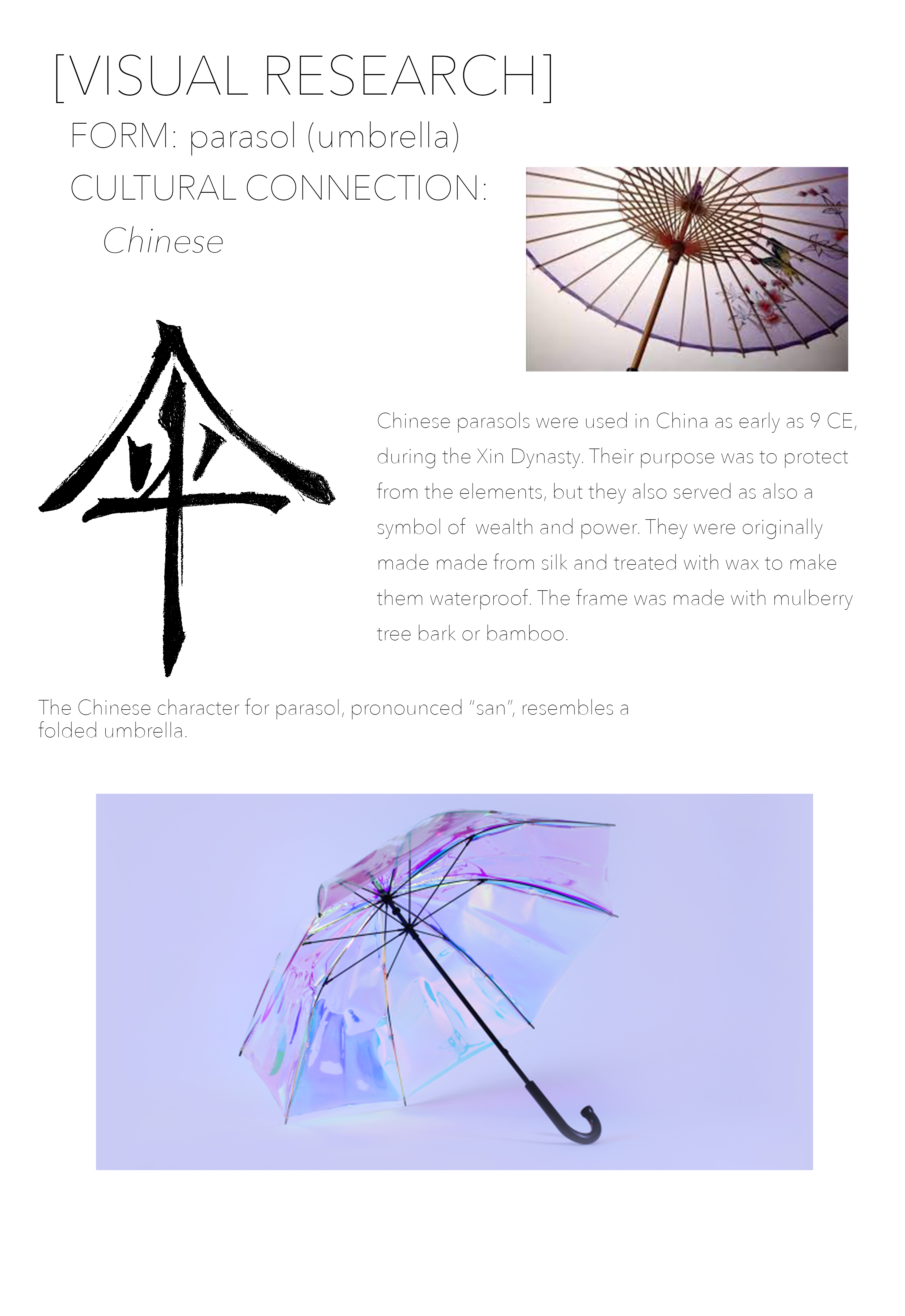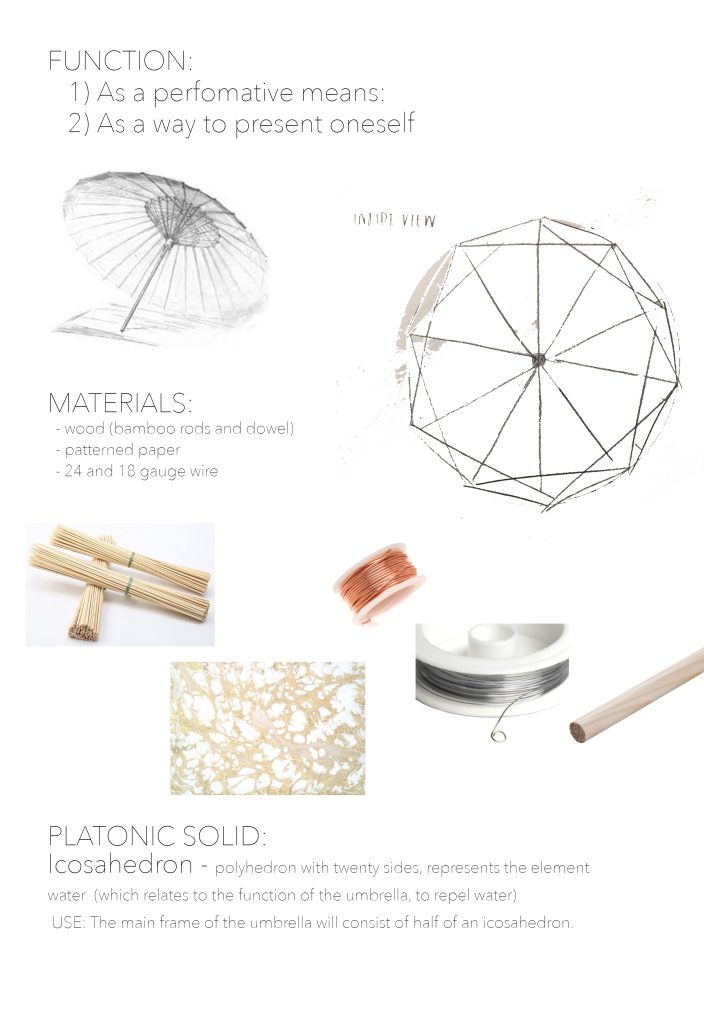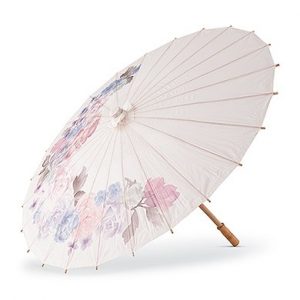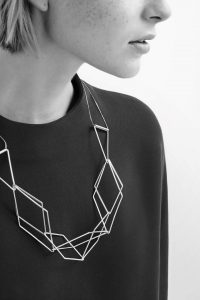Griffin Cece
Much of Griffin’s inspiration and goals stem from his childhood and upbringing. He was raised in a loving family with three sisters, and they lived a privileged lifestyle that allowed him to travel the world. He was unconsciously influenced by the way his mother’s friends would dress, and how the people he was surrounded by carried themselves. These factors have led him to pursue a business degree in the fashion industry. This past summer he worked at J. Crew as a stylist, which further supported his decision on the type of education he wants to pursue.
He chose to go to an art and design school because he wants to focus more on emotional and artistic aspects of business in the fashion industry. In other words, he desires to focus on the brand and image rather than on numbers and data. With this degree, he plans to be a chief merchandising officer for a company, striving to be the middle-man between companies and designers. Through his upbringing, he has seen how fashion can be somewhat exclusive and untouchable, and he wants to make it accessible to more people. He hopes that becoming a chief merchandising officer will allow him to be the bridge between different kinds of people.
Griffin considers himself to be a “creative spirit,” and much of his work is based on his personal feelings and story. He openly connects his work to his own views, memories, and personality, then transfers them into a larger picture. He is also inspired by people who think unconventionally or act outlandish such as Tom Ford. A majority of his work is in the form of writing, where he can translate his opinions and feelings into words. He also likes to translate difficult topics into more understandable forms for people. Everything that has happened to him and the lessons that he has learned have lead him to what he is today and has inspired what he wants to be.
The transferring of impressions is a physically manifested art
Typically of experiences less formulated by reason
more perceived with feeling.
Purpose made time superhuman like
it inspired outlandish masses to impact the making of things.
It started experiences with a standpoint of your own past
but emotions have resistance to sharing between senses
they particularly bring new spirit to pictures.
The middle-man is hope
which made everything
Its visceral lifestyle unintentionally inspires feeling
making it into a liaison between sense and impression



